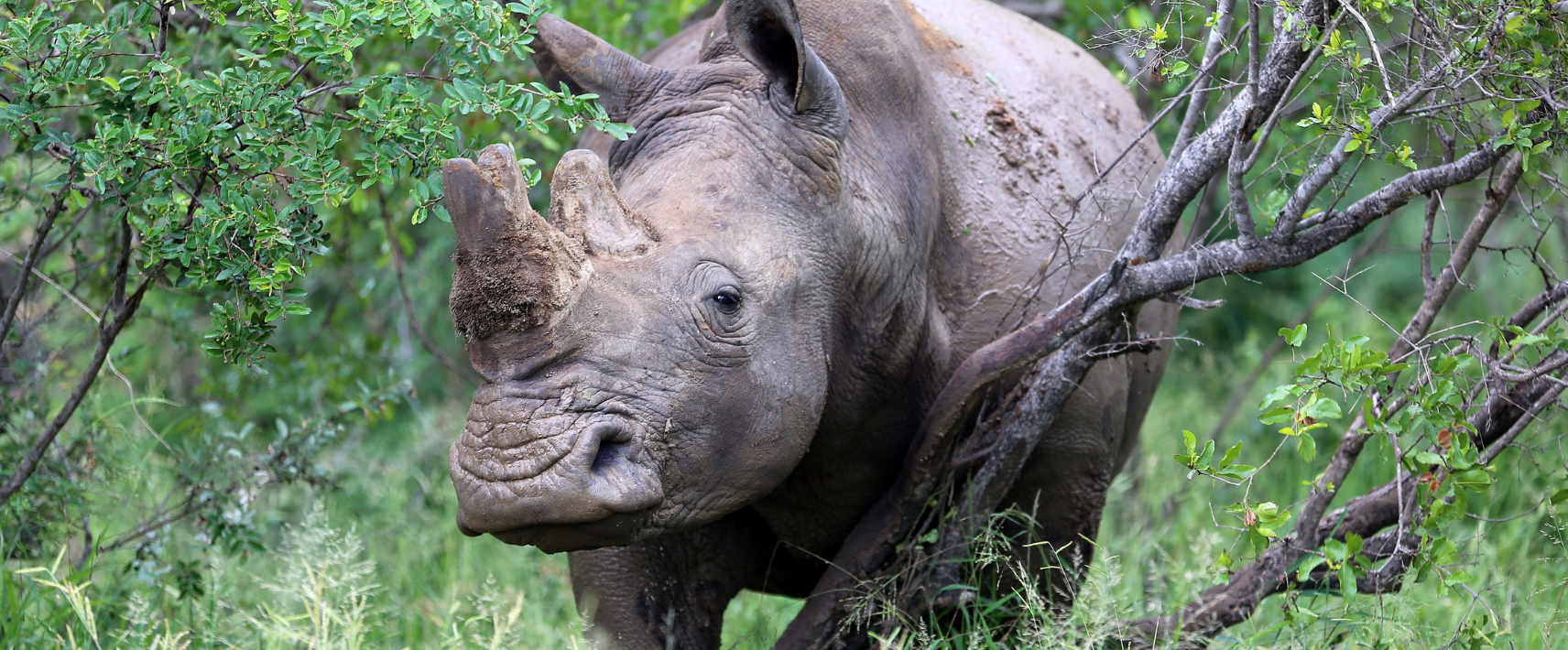One of the most important global meetings on wildlife trade has just wrapped up in Uzbekistan. It’s capital city Samarkand was where governments convened for the 20th Conference of the Parties (CoP20) to the Convention on International Trade in Endangered Species of Wild Fauna and Flora (CITES) to decide how international trade should be managed for some of the world’s most threatened...
In a recent opinion piece published in The West Australian, Environment Minister Josh Frydenberg went a step further in his quest to play political games with the recent tragedy in Western Australia by going after the state Labor government’s recently announced, non-lethal shark control measures.
Unfortunately Minister Frydenberg is going against his responsibilities as Federal Environment Minister by calling for lethal culling programs like nets and drum lines to address shark incidents, despite the fact that scientists agree they don’t make beaches any safer.
Not only that, he’s not taking into account the statements from families of shark victims who have said they don’t support the killing of sharks in light of tragedies that have befallen them.
Minister Frydenberg writes that the Queensland and NSW shark control programs are instructive, but Humane Society International takes quite an opposing view as to why exactly they are instructive.

Five threatened marine turtles were killed in the NSW North Coast Shark Net Trial. Image: www.coastalwatch.com
The fact is that in NSW, 65% of recorded shark incidents happen at netted beaches, a startling statistic for anyone proposing that nets lead to beach safety. Not only are nets ineffective at protecting swimmers, they are also highly damaging to ecosystems.
The NSW North Coast Shark Net Trial, which Minister Frydenberg touted in his piece for catching six target sharks, can only be described as an utter failure. An additional 244 non-target marine animals have been caught in the five months of the trial, and 129 of them have been killed on the nets. This included a critically endangered grey nurse shark, and five threatened marine turtles. Hardly the results you’d want to be spruiking to other states to encourage them to take up a similar program.
Minister Frydenberg should take some time to look at the statistics that show over 700 animals drowned in the NSW nets in the 2015/2016 summer including 14 dolphins, 16 turtles (from two threatened species) nearly 100 rays and over 100 harmless hammerheads (including threatened species). Most concerning of all, a further five grey nurse sharks were killed. Grey nurse sharks are harmless and are a population that clings to survival on the NSW coast and cannot afford losses to its numbers. These are the marine animals he is responsible for protecting as Federal Environment Minister, and yet he is proactively calling for measures to harm them.
Humane Society International has this year submitted a nomination for Australia’s lethal shark control nets and drum lines to be listed as a Key Threatening Process under national environment laws due to their damage to endangered marine life. We have already successfully nominated shark nets as a Key Threatening Process under NSW law and were responsible for gaining state and national legal protection for the great white shark.

The greynurse shark is critically endangered, with a population that clings to survival on the east coast of Australia. Image: Peter Le Gras
Minister Frydenberg is right about one thing – it is highly unlikely that he is going to be able to remove the great white as a vulnerable and threatened species in Australia. This is due to the international community’s recognition of the need to protect the species which has seen it listed under the Convention on the Conservation of Migratory Species and also listed on Appendix II of the Convention on International Trade in Endangered Species of Fauna and Flora (CITES).
These were international protections proposed and secured by Minister Frydenberg’s environment minister predecessors in the Howard Government.
I have been on the great white and grey nurse shark recovery teams, and I can say safely there is no actual evidence that great white shark numbers are increasing. Barry Bruce of the CSIRO pointed out in August of 2015 the numbers could be as low as 750-1200 on the east coast of Australia, far lower than the 10000 population figure set as a benchmark for listing as a threatened species. If this number is accurate, this is a very endangered animal.
It’s important to point out that any deaths that occur on our beaches due to a shark attack are nothing short of a tragedy. But with the statistics sighted above, shouldn’t we be welcoming a different approach to protect bathers and our precious marine environments? Forward thinking is what is needed here, with keen investment in shark surveillance technologies that reduce the likelihood of shark encounters. Constant calling for ineffective culling programs like nets and drum lines that don’t make our beaches safer is worrying. What’s the most worrying thing though, is that the calls are loudest from our Federal Environment Minister.


